Click to view our Accessibility Statement or contact us with accessibility-related questions




PRODUCTS YOU MAY LIKE
Trending Posts in Mechanical Keyboards

lantz
Red Samurai on a 75%
Corsair K65 Plus Wireless GMK Red Samurai Moondrop Tactile Tessence
Apr 19, 2024

Keyled
My PRECIOUS!!!!
All that sweat and money paid off. I will use it wisely. Tokyo 60 GMK Serenity Gateron Oil KIng
Apr 19, 2024

TotallyJaded
How do you do per-key RGB lighting on a Shift V2?
I saw the online configurator that lets you do this on the Shift V1, where it spits out a compiled firmware file to flash. The V2 doesn't seem to have this function in the Windows configurator, though. I can't imagine the answer here is "you're going to have to manually write the hex for every key in QMK, compile it, and flash that".
Apr 18, 2024

AiheyStudio
Favorite Artisans
Dragon Pillar Artisan Keycaps Creative Resin Keycaps for 6.25u and 7u Space Bars
Discover the allure of our Dragon Pillar Artisan Keycaps – unique resin keycaps designed to adorn your 6.25u and 7u space bars. Crafted with creativity and precision, each keycap features an...
Apr 18, 2024
lwthunder
Drop CTRL V2 Mechanical Keyboard PCBA
If I want some hot-swap socket for replacement, where I can buy to ensure it fits this PCBA?
Apr 17, 2024
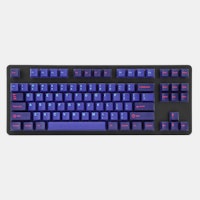
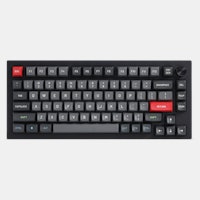
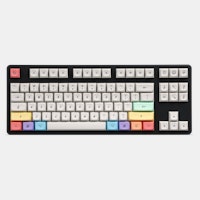
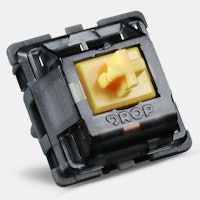
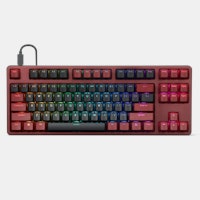
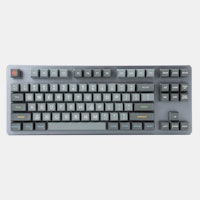

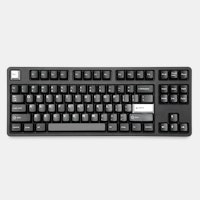
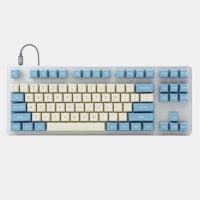
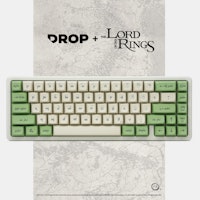

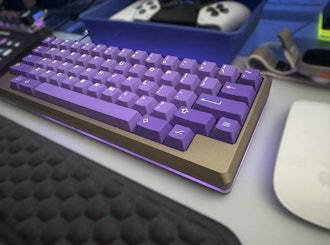
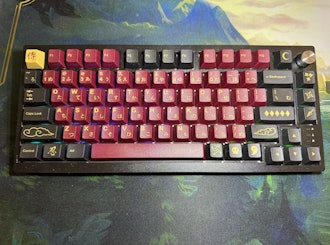
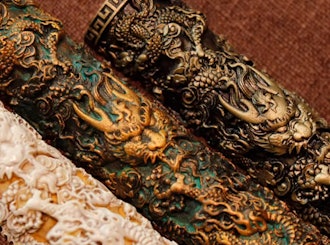
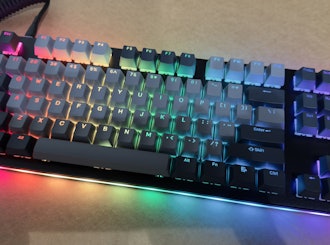

Here's some tips for Windows 10 users.
Just follow the instructions in the Massdrop's post. (I mean step 1 - step 7) If you did the right thing, you can flash the bootloader without a problem.
If you click "load" you will see this message, (I mean step 8) "the request was aborted: Could not create SSL/TLS secure channel."
Maybe because of some kind of https protocol problem, I'm not sure, it seems QMK tool box code has to be revised. So use your own hex file or download it from other source until you can get an updated version of it.
I used the latest version 0.0.9, I think this is not a big problem because most users want to flash their own keymap.
When you try to flash your hex file, (I mean step 9) you might see the message, "no device present". That means driver of at90usb is not installed properly so windows can't recognize it.
If you have this problem, check if you installed QMK drivers for windows. Visit https://github.com/qmk/qmk_toolbox and check if you read Dependencies part for windows. If you didn't install it, download driver from https://github.com/qmk/qmk_driver_installer/releases
If you still have the problem after installing it, you have to install "at90usb" driver manually. Here's the link. http://www.microchip.com/Developmenttools/ProductDetails/FLIP Download Flip for Windows and install it.
After installing Flip, update "at90usb" driver like this. Open control panel. Go to Hardware and Sound, click and open Devices and Printers. You can see "at90usb" in Unspecified section. Right click on "at90usb". Select "Update driver". Select "Browse computer for driver software". Click "Browse..." and select "C:\program files (x86)\atmel\Flip 3.4.7\usb" (or wherever you installed the Flip)
After installing the driver "no device present" problem will be gone, and if you can flash your hex file, it's done.
But if you still cannot flash the hex file completely, I recommend using a Linux system to flash it. (I mean do step 1-7 on Windows, step 8-9 on Linux.) You can use some virtual machine and install Linux like Ubuntu or whatever you want.
With my pc, step 9 was not completed maybe the hex file was corrupted or some driver problem. So I flashed my hex file on Linux machine that's my usual way to deal with QMK. That's the end of my today's experiment, so sleepy now. (I'm gonna try a fresh start with another pc if I got some time.)
----------------------------------------------------------------------- (edit) I tried it on another pc and this pc which I failed in step 9 yesterday after some sleep. I can confirm you can do the whole process on Windows 10.
The only thing I can't do is loading hex file with QMK toolbox in step 8. Just get hex file from other source then you can flash it with QMK toolbox on Windows 10. Here's the link of a compiled default hex file. Test with this if you don't have any. http://qmk.fm/compiled/planck_light_default.hex -----------------------------------------------------------------------
And watch out for removing your keycaps. Legs of keycaps are weak, I broke one, and it was stuck in my stem, so I had to desolder the switch and replace it.
If you can open the case without any problem, then you don't need to remove the keycaps. I couldn't unscrew the bolts since plastic stand offs kepts spinning that makes me mad. If you need to remove them just pull both sides of the keycaps at the same time.
Despite all that, I like my planck light. If I can use quality low profile switches and keycaps to my taste, this might be my next main driver. (current main driver is planck rev3)